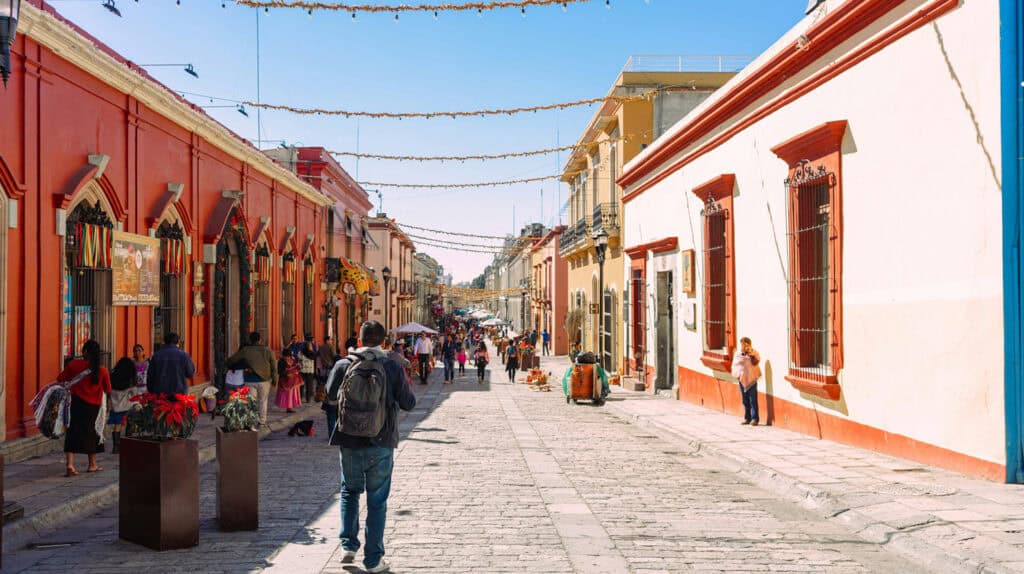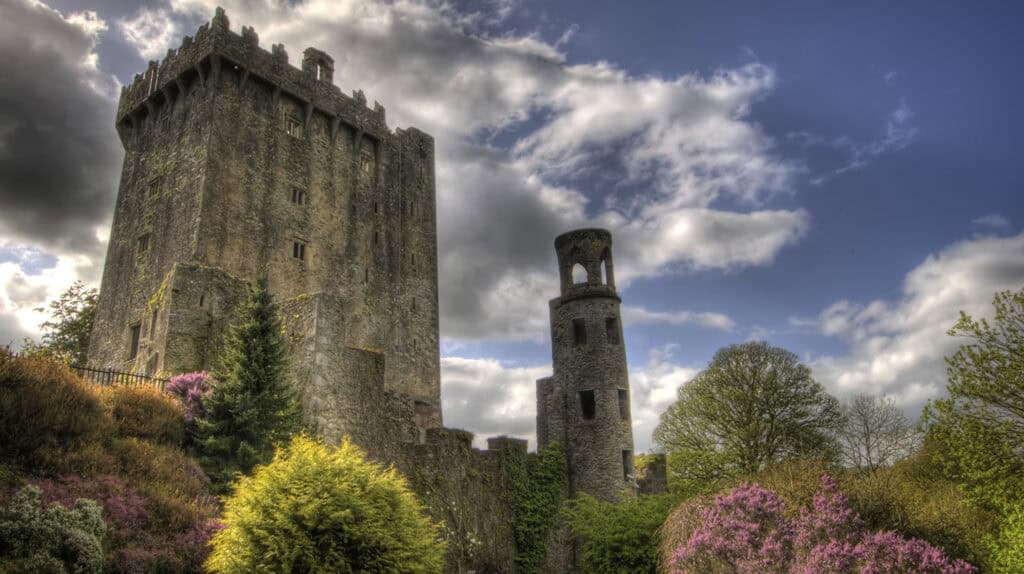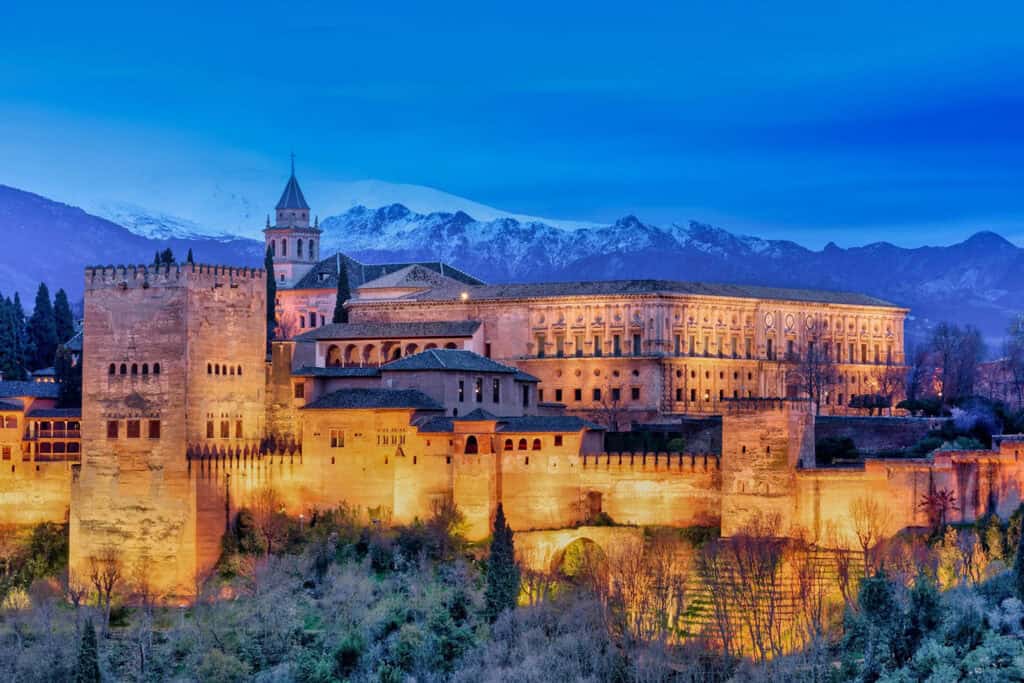
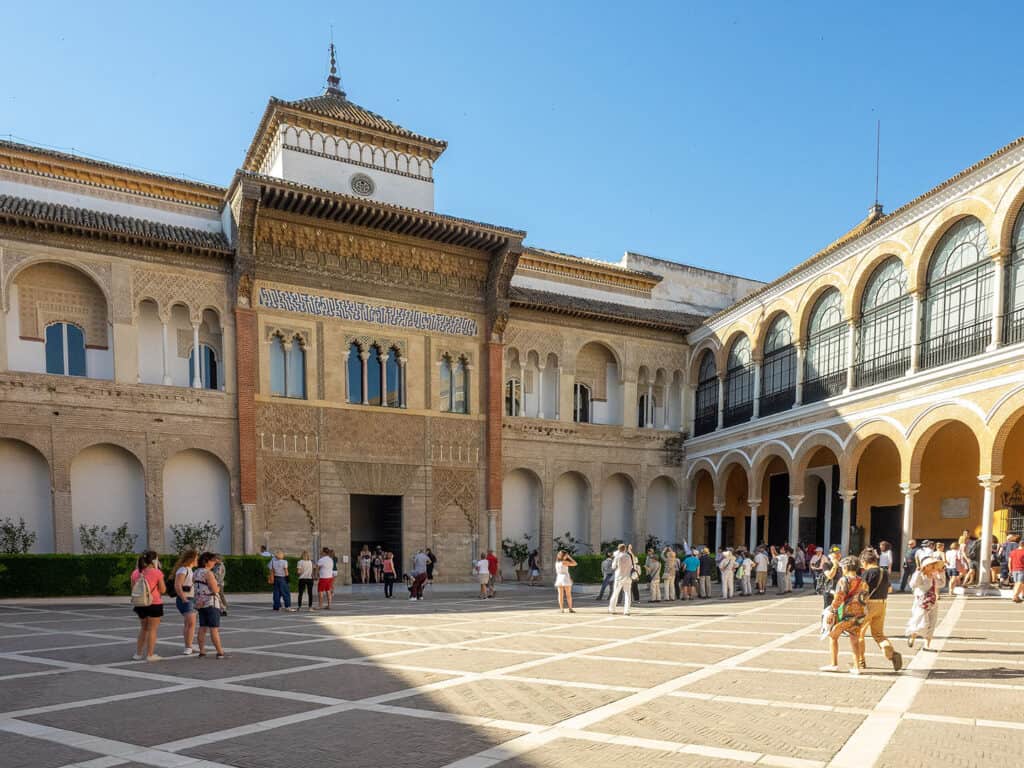
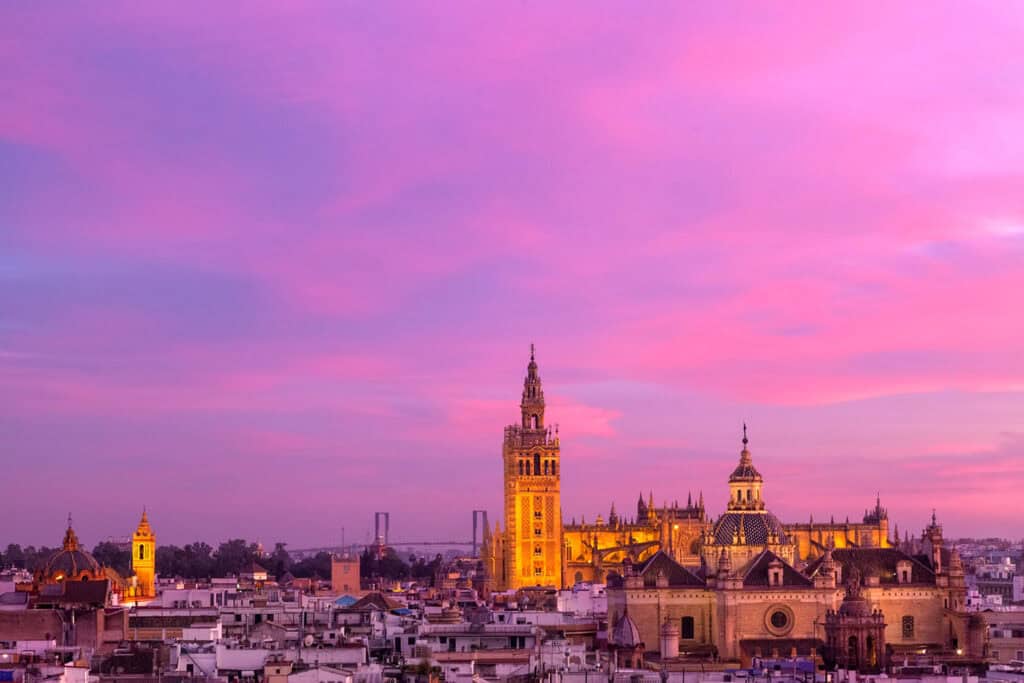
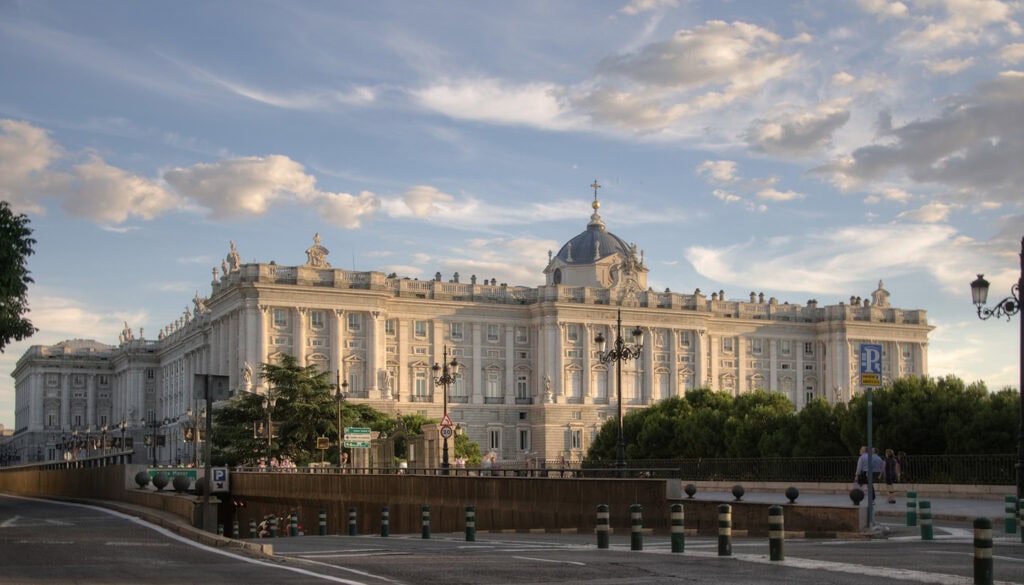
Ever wondered what makes Spanish architecture so captivating? Spain is home to a remarkable array of architectural wonders that tell the story of its rich history and diverse cultural influences.
As someone passionate about design and history, you deserve to explore these architectural gems that reflect Spain’s unique heritage. At Landmarks Architects, we’ve delved deep into the architectural marvels of Spain to bring you a comprehensive guide.
In this article, you’ll discover:
- Iconic landmarks that define Spanish architecture
- The distinctive styles and historical context of each building
- Insights into how these structures have shaped Spain’s architectural landscape
Ready to explore Spain’s architectural legacy? Join us as we uncover the stories behind some of the country’s most iconic buildings and their lasting impact on design and culture.
Iconic Spain Architectural Landmarks
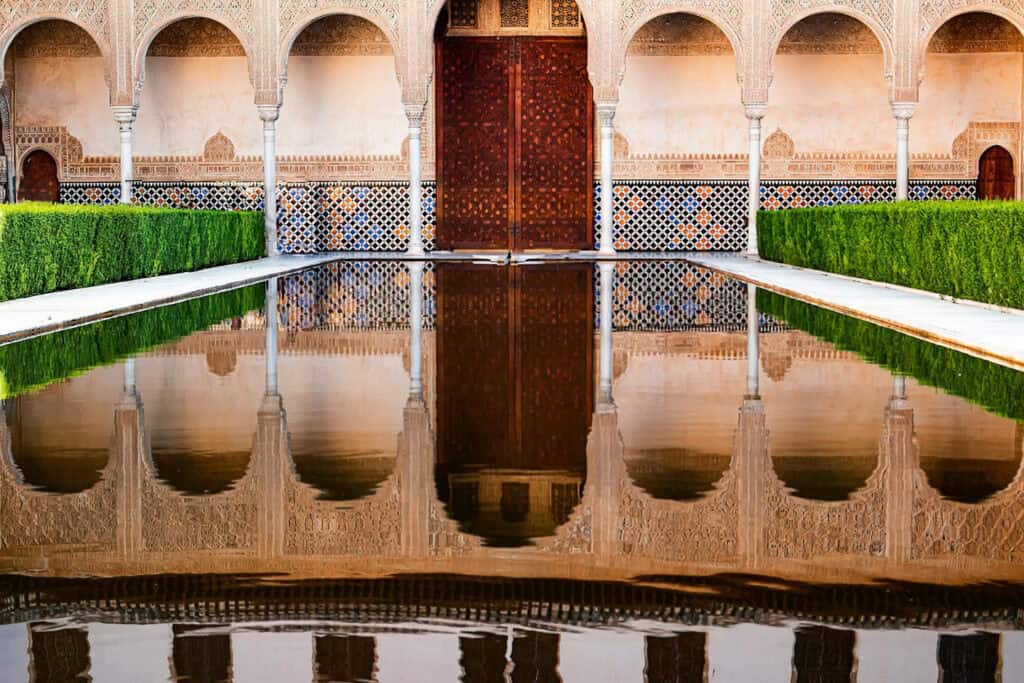
1. La Sagrada Familia

La Sagrada Familia is a famous building in Spain, designed by Antoni Gaudi. It’s located in Barcelona and has been built since 1882. La Sagrada Familia is a famous building in Spain, designed by Antoni Gaudi.
It’s located in Barcelona and has been built since 1882. The basilica is known for its unique and new design, combining Gothic architecture with Art Nouveau (Modernisme) styles.
Gaudí’s design features detailed sculptures and colorful stained glass. It’s a UNESCO World Heritage Site and one of the top examples of amazing architecture and Famous Architecture in Barcelona. It attracts millions of visitors each year.
See Also What Are the 5 Major Trends in 21st Century Architecture?
2. Alhambra
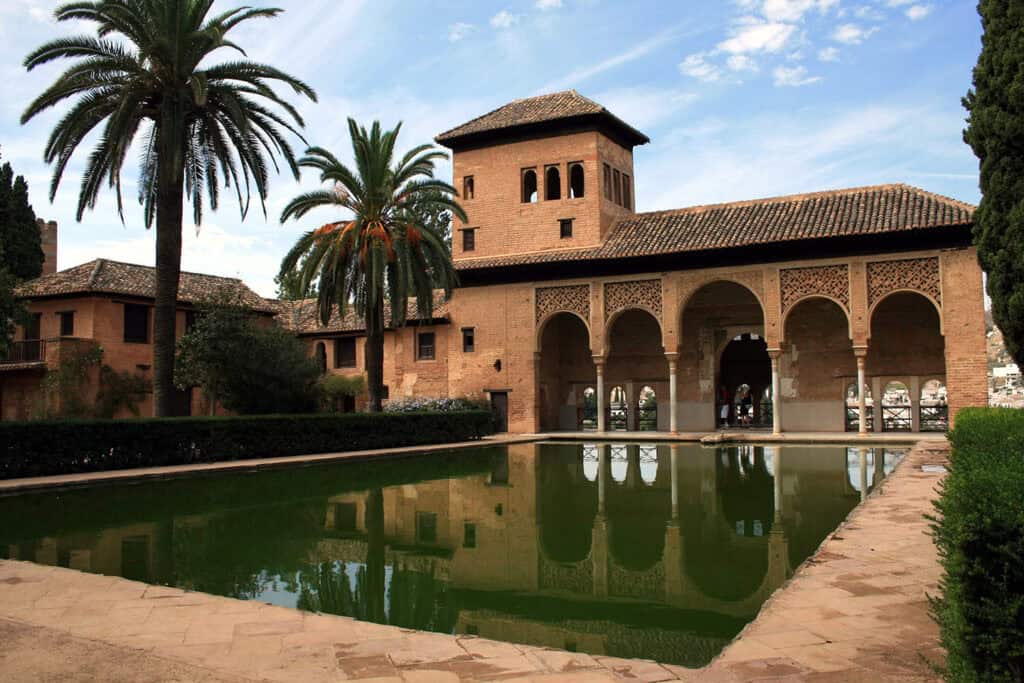
The Alhambra Palace in Granada is a beautiful example of Moorish architecture and Islamic design. This UNESCO World Heritage Site is famous for its detailed tiles, arches, and peaceful gardens, showing the best of Spanish architecture.
Built chiefly between 1238 and 1358, it was a fortress and a royal palace. The Alhambra’s carvings and reflecting pools create a calm and attractive place, drawing visitors who enjoy its history and beauty. It is one of the most famous buildings in Spain.
3. Guggenheim Museum
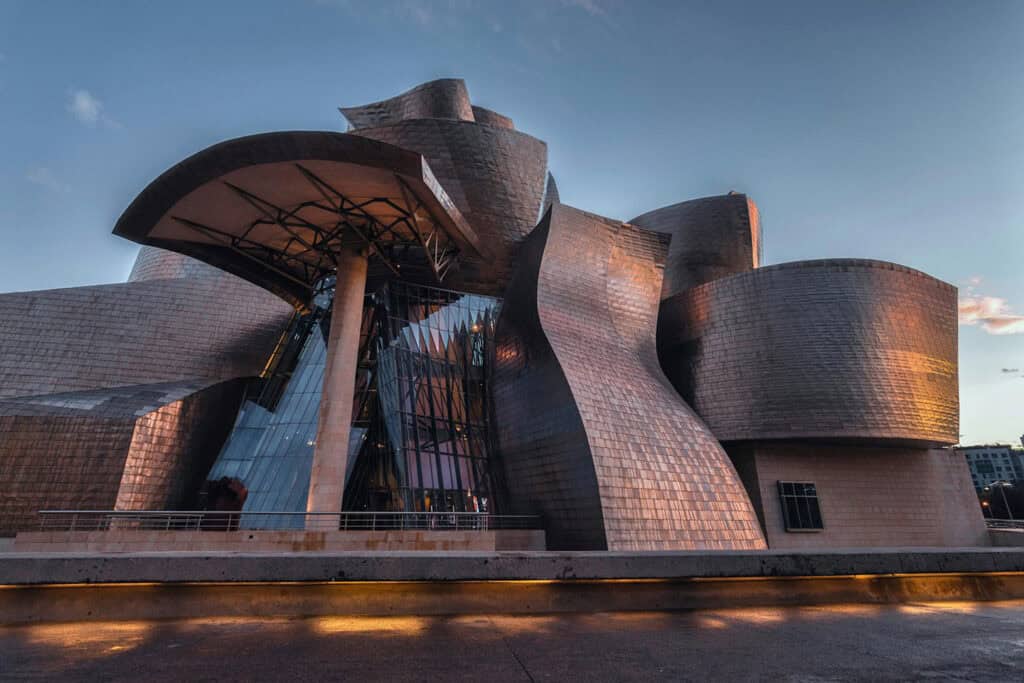
The Guggenheim Museum in Bilbao is a top example of modern architecture, designed by Frank Gehry. It features unique shapes and new materials, making it one of the most admired modernist buildings in Spain.
Opened in 1997, the museum has changed the city’s skyline and helped the local economy and culture. The Guggenheim draws visitors with its modern art and amazing design. It is a great example of modern architecture in Spain and an important part of Architectural Landmarks.
Modernisme / Art Nouveau
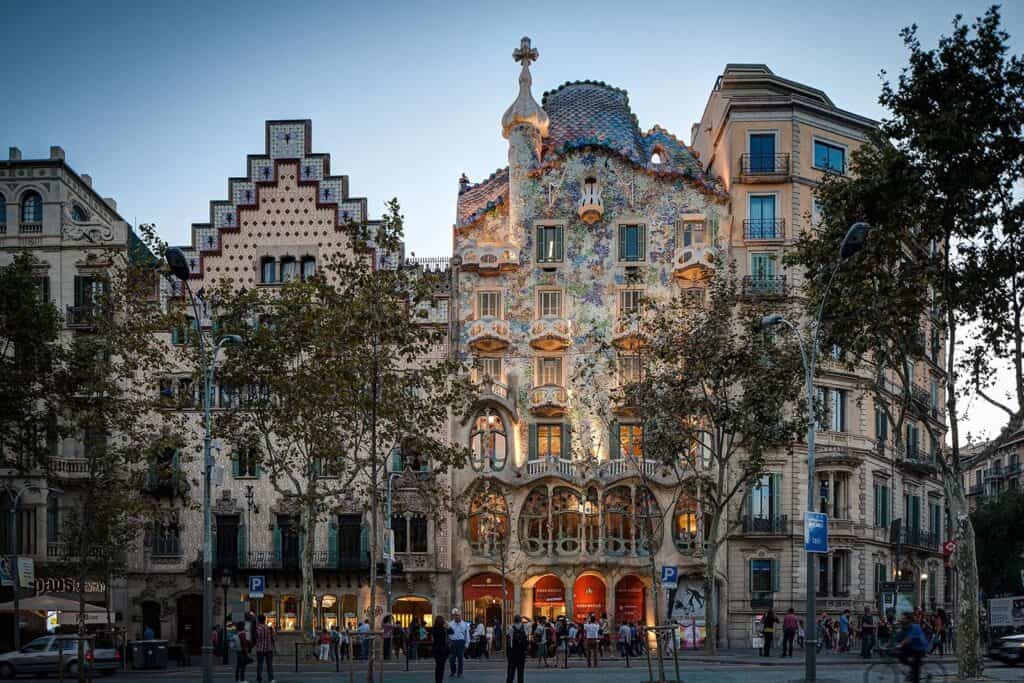
Modernisme, or Art Nouveau outside Spain, is an important style in Spanish architecture. It is especially popular in Catalonia and Barcelona. It is known for its detailed designs and natural shapes. This style reflects the region’s cultural revival and the work of artists like Antoni Gaudí.
4. Casa Batlló
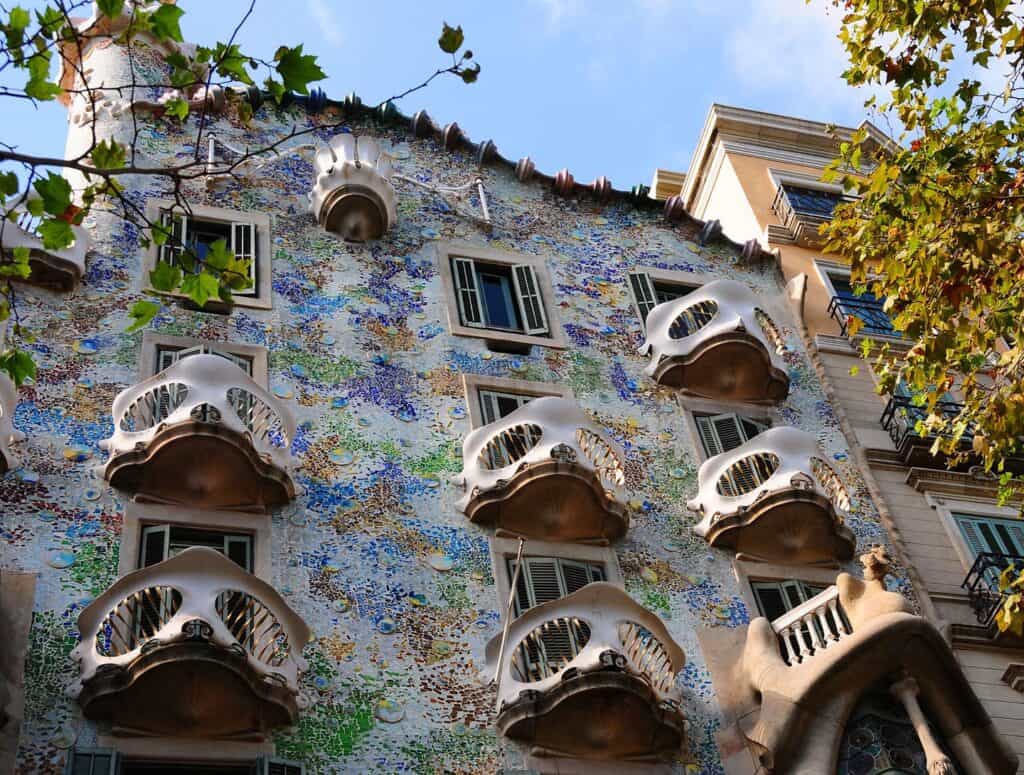
Casa Batlló is a masterpiece designed by Antoni Gaudí, located in the heart of Barcelona. Completed in 1906, it features a striking façade adorned with colorful mosaics and sculpted stonework.
The building’s roof is reminiscent of a dragon’s back, showcasing Gaudí’s affinity for nature. Inside, the flowing spaces and remarkable stained glass create an enchanting atmosphere. Casa Batlló stands as a testament to the creativity of the Modernist movement and is a prime example of innovative architecture.
5. Palau de la Música Catalana
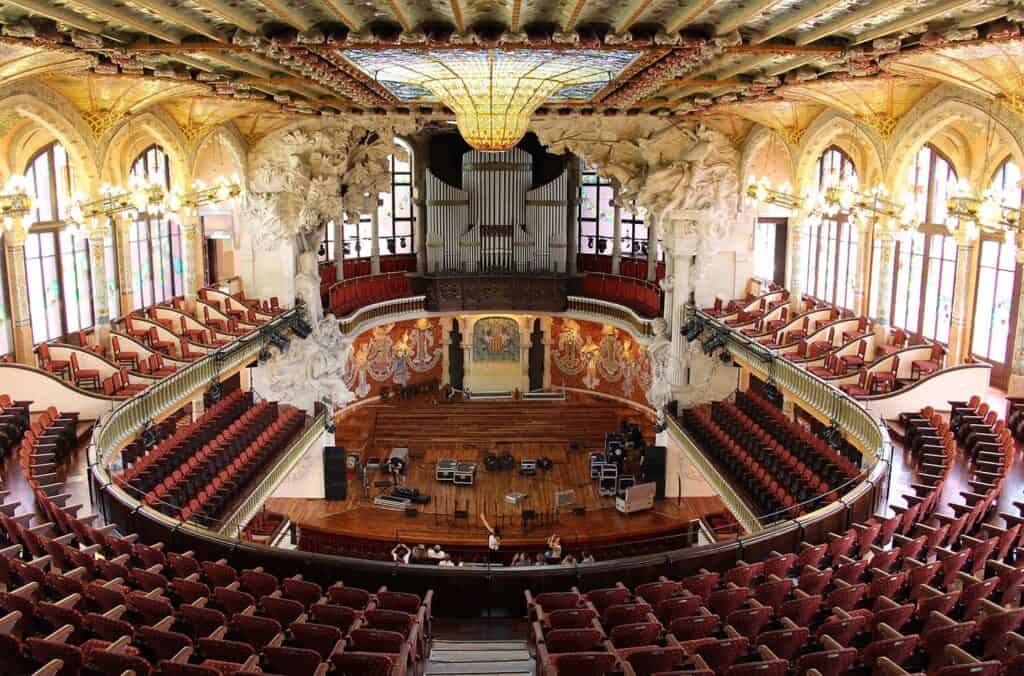
The Palau de la Música Catalana is a famous concert hall designed by architect Lluís Domènech i Montaner. Completed in 1908, it is known for its beautiful stained glass and detailed tilework.
The hall has a large glass dome that fills the space with natural light. Its design shows the spirit of Catalan culture and makes it a UNESCO World Heritage site. The Palau de la Música Catalana is a fine example of Modernist architecture, where music and art come together.
See Also 15 Spanish Artists: Exploring Spain’s Artistic Landscape
Moorish / Islamic Architecture
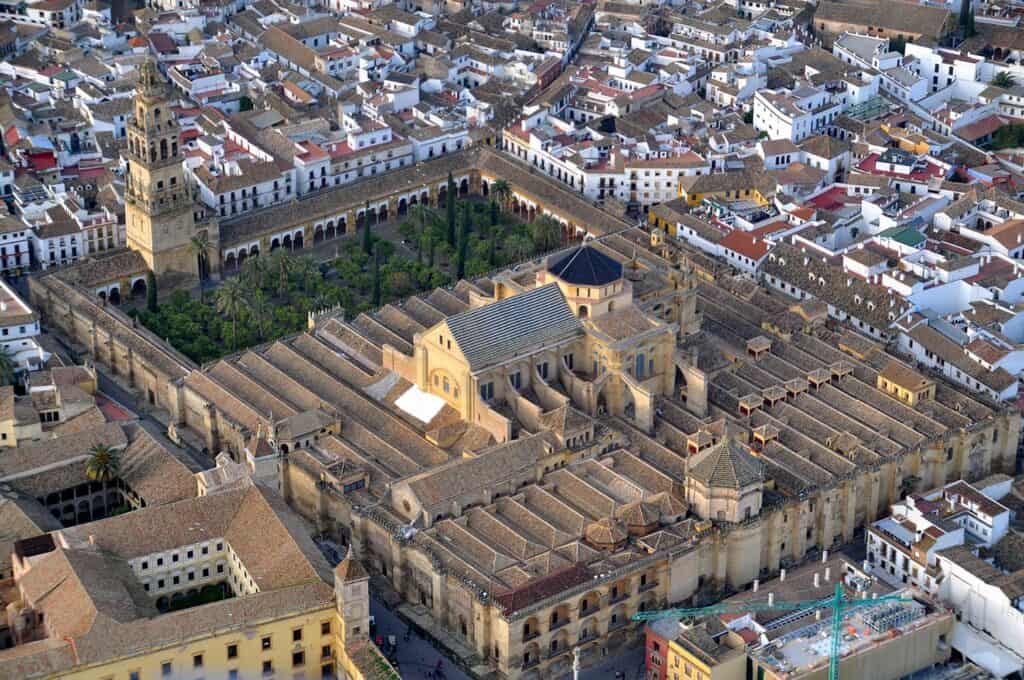
Moorish and Islamic architecture in Spain is a key part of Spanish architecture. It shows a mix of detailed designs and cultural influences. This style developed during Muslim rule and is known for horseshoe arches, detailed tile work, and decorative patterns.
6. Mezquita-Catedral
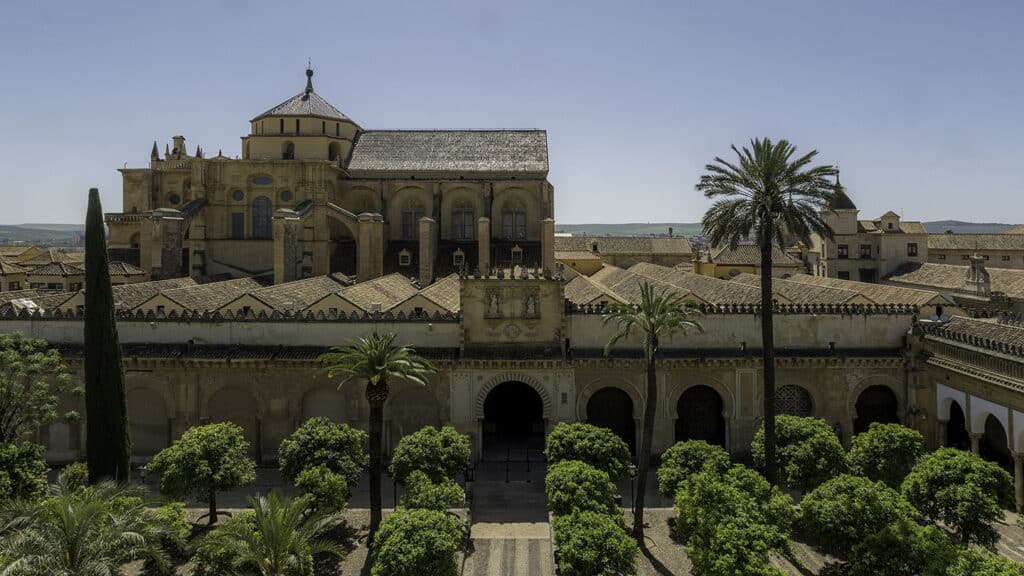
The Mezquita-Catedral in Córdoba is a great example of Moorish architecture. It was built as a mosque in the 8th century, featuring horseshoe arches and a large hall with many columns.
After the Reconquista, it became a cathedral, blending Romanesque architecture and Gothic styles with its Islamic design.
Visitors love the mihrab, which is covered with beautiful mosaics made by Islamic artisans. The light and shadows inside create a special feeling, showing the building’s history and beauty. It is a key example of Muslim architecture in Spain.
7. Alcázar of Seville
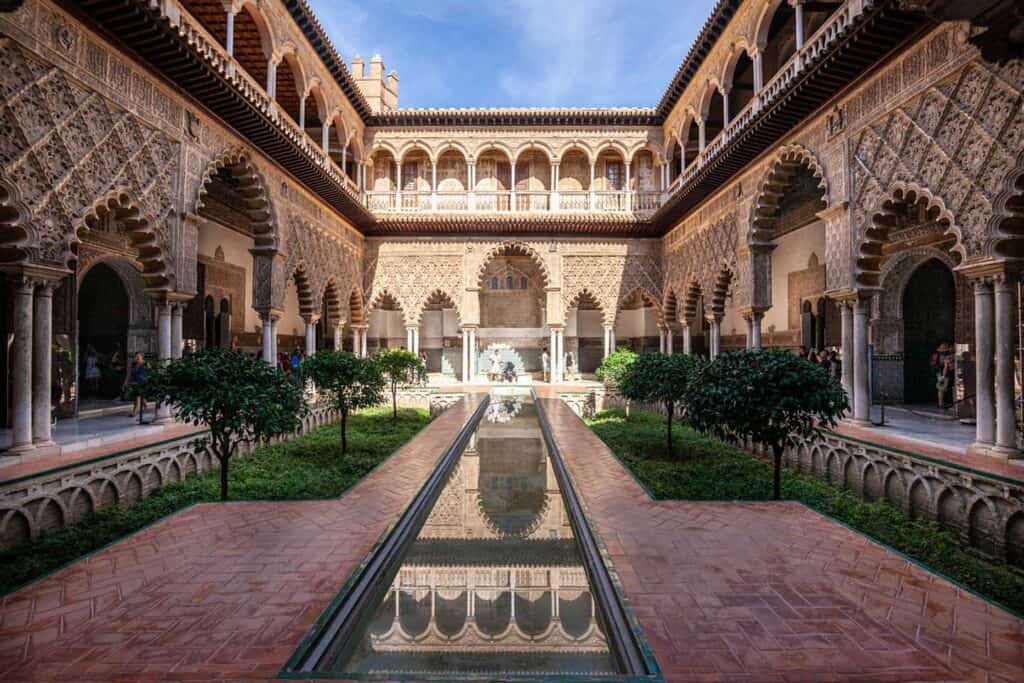
The Alcázar of Seville is a stunning palace that shows the history of Moorish architecture in Spain. Built in the 10th century, it was first a fortress for Muslim rulers. The palace is famous for its beautiful tile work, lush gardens, and detailed stucco that highlight Islamic design.
Key features include the impressive Patio de las Doncellas and the Hall of Ambassadors, where you can see both Islamic and Christian architectural styles. The Alcázar is a great example of Spain’s rich cultural history and Seville Spain architecture, attracting visitors with its beauty and historical value.
Gothic Architecture
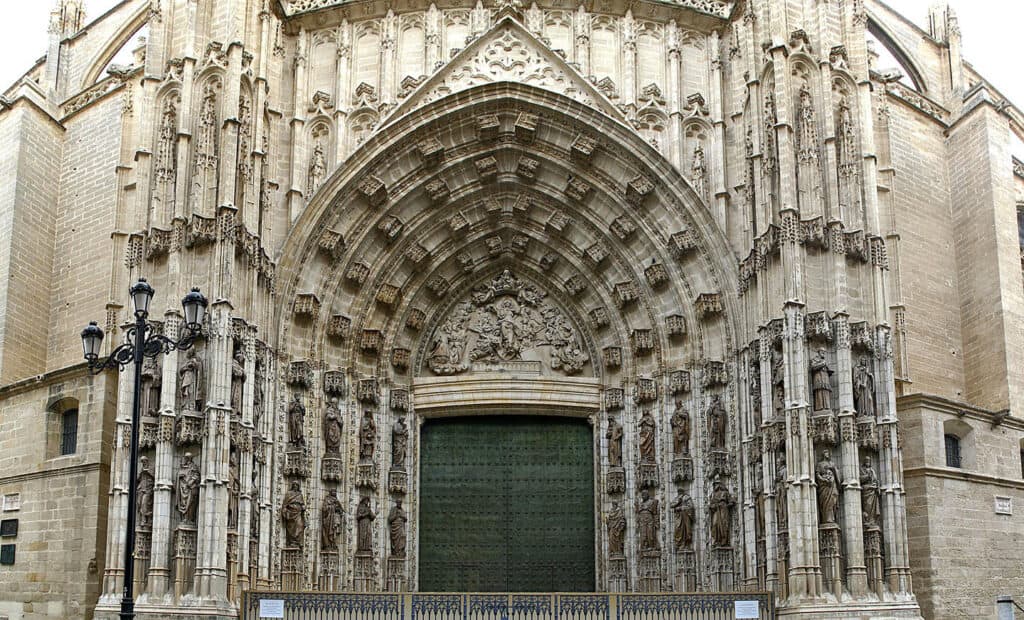
Spanish Gothic architecture is famous for its beautiful cathedrals. This style, from the Late Medieval period, features tall, detailed buildings with new design elements. It resulted in some of the most iconic buildings in Spain.
8. Seville Cathedral and Giralda Tower
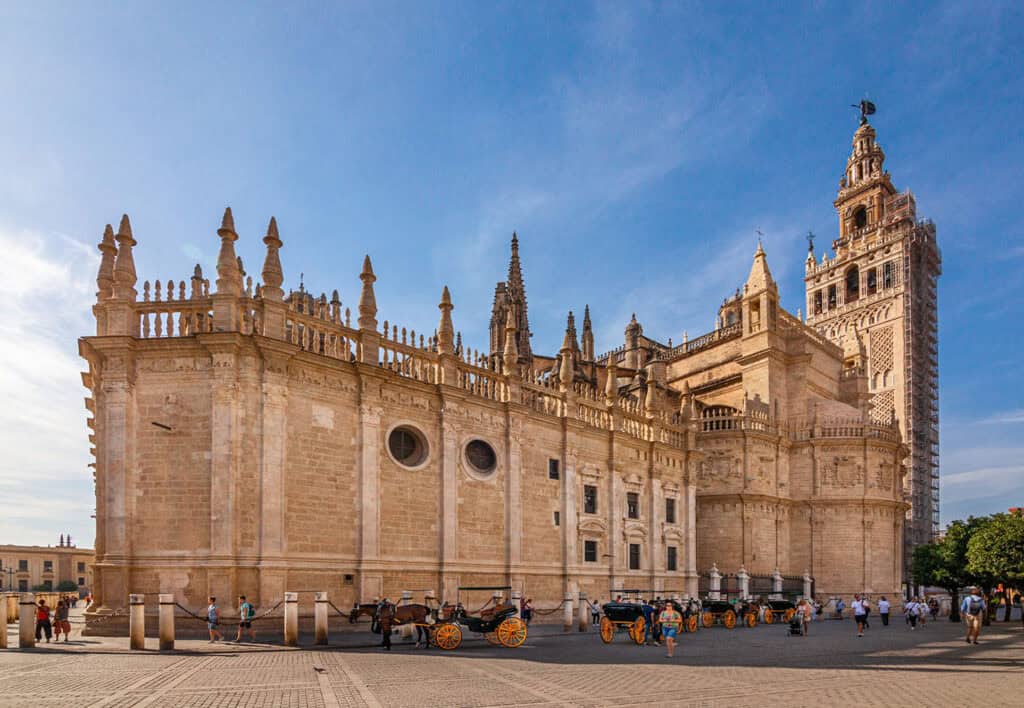
Seville Cathedral, a UNESCO World Heritage Site, is one of the largest cathedrals in the world. Built between the 15th and 16th centuries, it mixes Gothic and Renaissance styles. The cathedral is very large and has a beautiful altar and many chapels.
The Giralda Tower, once a minaret, adds to the cathedral’s beauty. It is 105 meters tall and features Moorish designs combined with Renaissance elements. This tower is a key example of Spanish architecture. The view from the top shows a great panorama of Seville and its rich architectural history.
9. Cathedral of Santa Maria of Palma
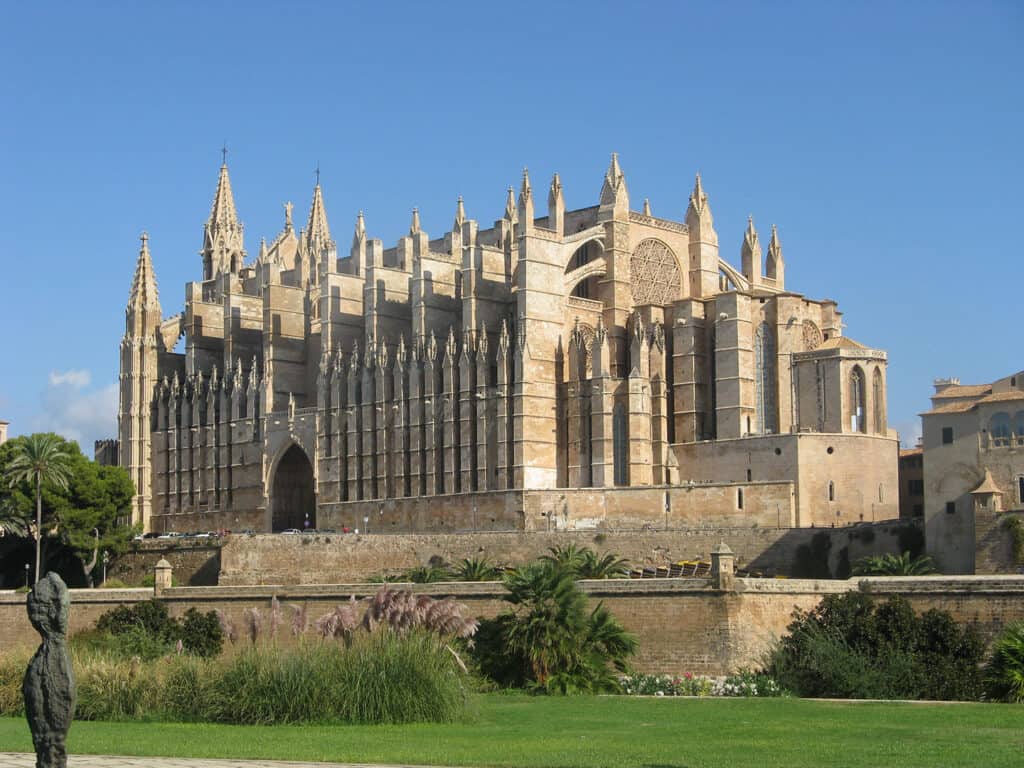
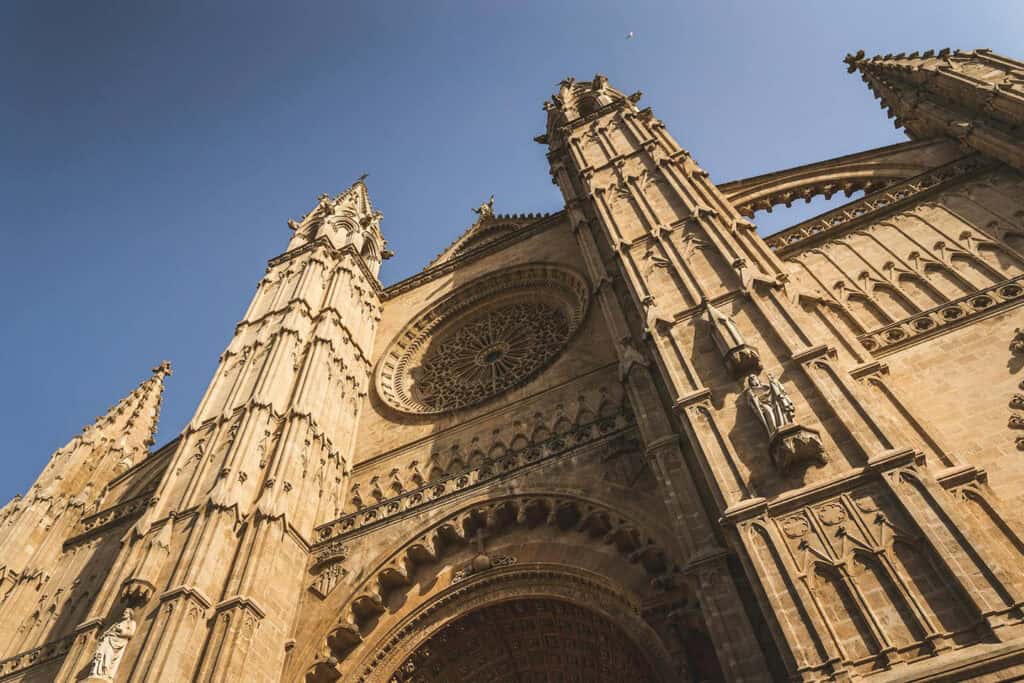
Located in Majorca, the Cathedral of Santa Maria, or La Seu, is a great example of Gothic architecture. Building started in 1230 and took over 300 years, blending Early Gothic and Baroque styles.
The cathedral has large rose windows, including the famous “Laberinto” window that fills the inside with light. Its high ceilings and beautiful altar make it an important landmark in Palma and a key piece of Spanish architecture.
Contemporary / Modern Architecture
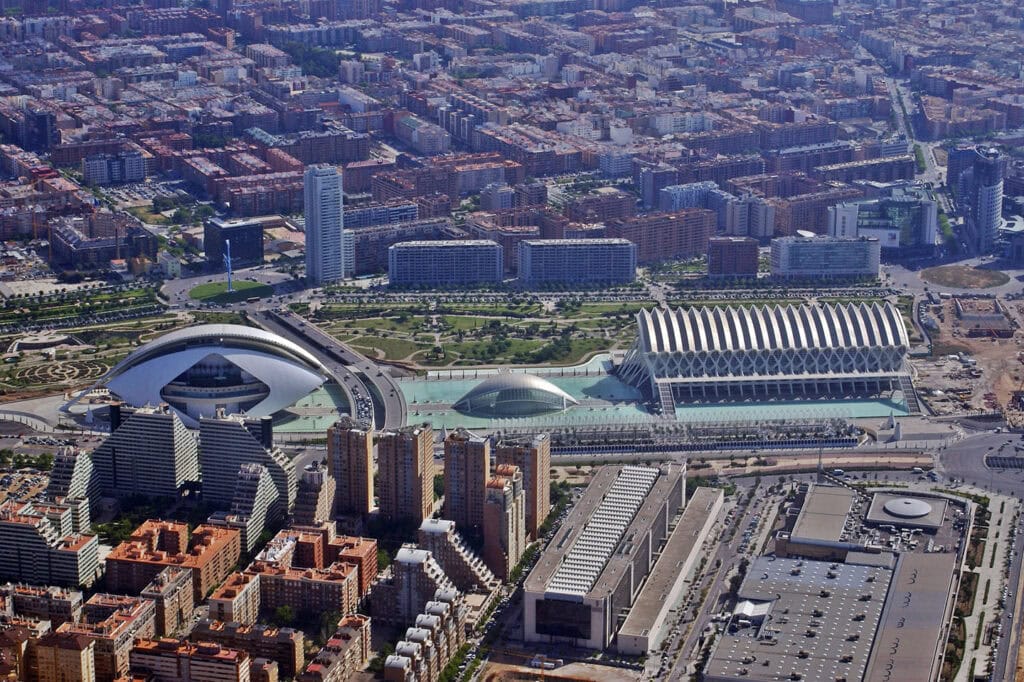
Spain has great examples of contemporary architecture that show new designs and cultural identity. Buildings like the City of Arts and Sciences and Metropol Parasol show how modern architecture can be both useful and beautiful. These landmarks are key attractions in a Spanish city.
10. City of Arts and Sciences
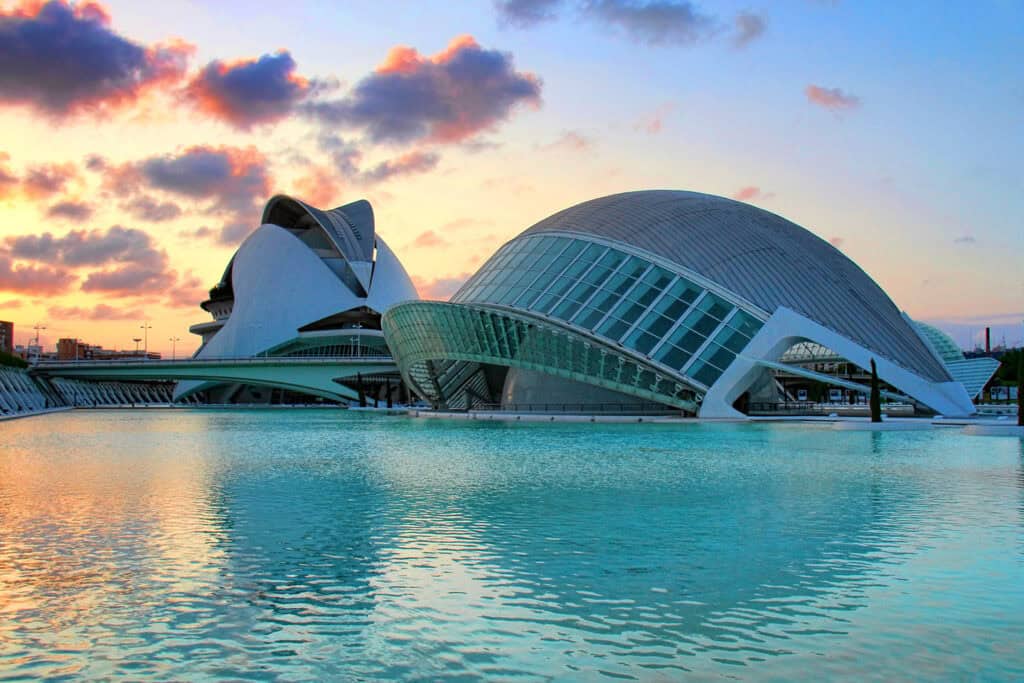
The City of Arts and Sciences in Valencia is a stunning complex designed by Santiago Calatrava. It includes special buildings like the Oceanografic, Europe’s largest aquarium, and the Hemisférico, which has an IMAX cinema. The design is futuristic and uses shapes that look like nature.
The shiny surfaces and bold lines make it a must-see for architecture fans. It is also one of the most famous buildings in Spain.
11. Metropol Parasol

Metropol Parasol, in Seville’s main square, is a great example of modern architecture. Designed by Jürgen Mayer, this wooden structure has a honeycomb shape that provides shade and a space for people to gather.
The Parasol mixes modern design with traditional Andalusian elements, adding to the area’s cultural charm. Its top is open for walking and offers a wide view of the city, making it a popular tourist spot. It is a notable example of modern architectural styles.
Renaissance and Baroque Architecture
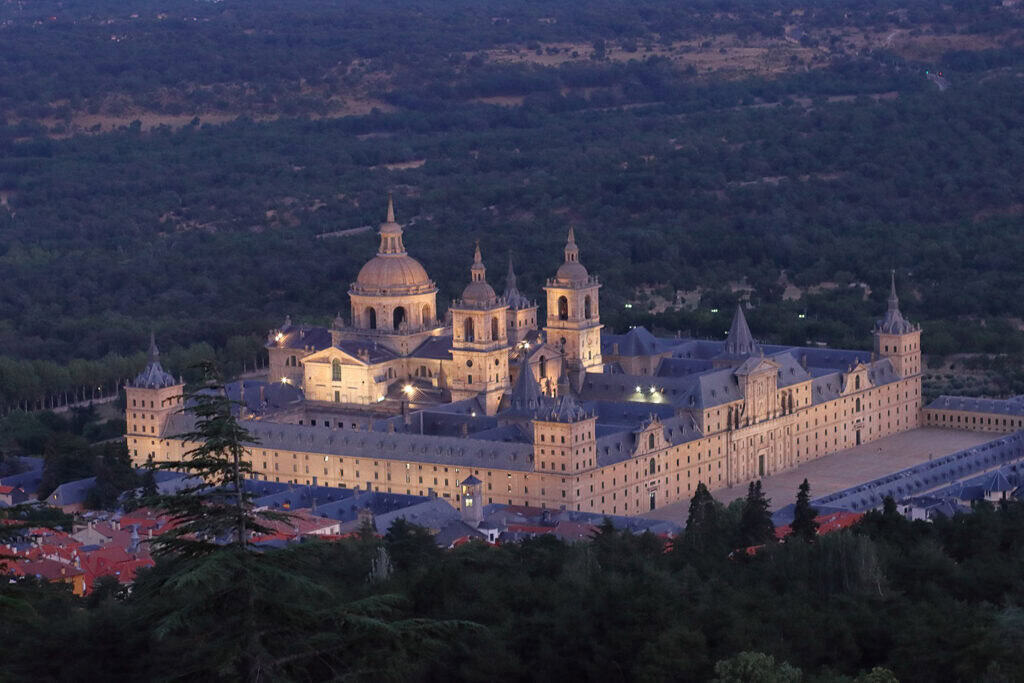
Renaissance and Baroque architecture in Spain mix artistic creativity with cultural importance. Key examples are the Royal Palace of Madrid and El Escorial. These buildings show Spain’s rich architectural heritage and highlight Renaissance architecture.
12. Royal Palace of Madrid
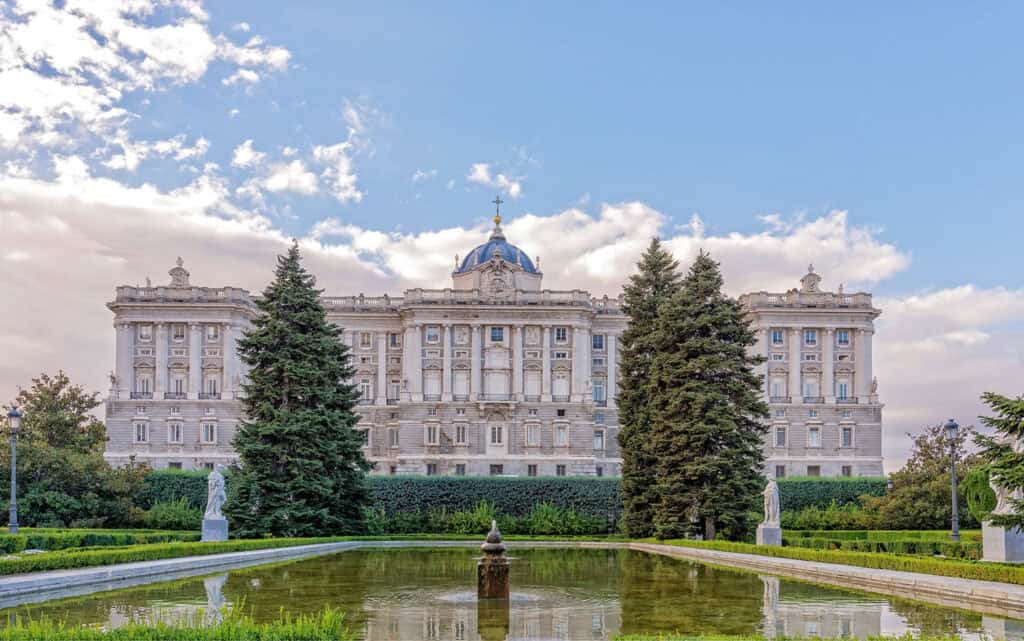
The Royal Palace of Madrid is a prime example of Spanish Baroque architecture. Built starting in 1735 under Philip V, it has grand facades, detailed designs, and luxurious interiors. The palace has over 3,000 rooms with artwork by famous artists.
Key features are the throne room, the grand staircase, and the Royal Armory.
It is used as a royal home and for ceremonies. Visitors can experience Spain’s royal history and Spanish culture. The palace stands proudly in Madrid, showcasing its architectural beauty.
13. El Escorial
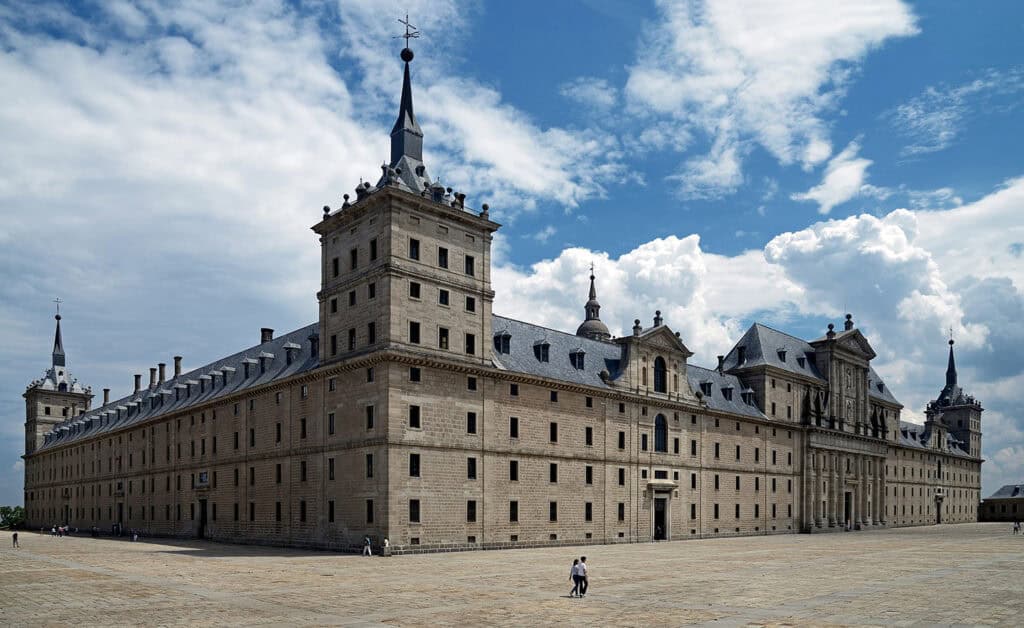
El Escorial, built from 1563 to 1584, is a great example of the Spanish Renaissance style. Designed by architect Juan Bautista de Toledo, it was a royal palace, monastery, and burial place for Spanish kings.
Its simple design reflects Counter-Reformation ideals of symmetry and simplicity. Key features are the large library, the basilica, and the King’s pantheon.
As a UNESCO World Heritage Site, El Escorial shows the power of the Spanish monarchy and the progress in Spanish architecture. Its history and grand design attract visitors from around the world.
See Also Tallest Buildings in Spain: Exploring 30 Most Iconic Buildings
Famous Architecture in Spain: A Recap
Spain’s architecture is a mix of amazing styles and rich history. From Gothic cathedrals and Moorish palaces to Modernist landmarks and Renaissance buildings, each site tells a unique story. Famous examples like La Sagrada Familia and the Alhambra show Spain’s architectural beauty and history.
Visiting these landmarks helps you understand Spain’s diverse design and cultural heritage.





